Description
Gallnut is a small, hard structure that forms on certain species of trees as a result of infection by certain species of gall-forming insects. The formation of galls is a common phenomenon in nature, and the insects use the galls as a source of food and shelter.
शल्लकी त्रितयोद्भूतं गुरुदैवात् प्रसादितम्।
आयुष्यं स्थापयिष्यन्ति येनानेन तपोधनाः॥
Transliteration:
Shallakī tritayodbhūtaṃ gurudaivāt prasāditam |
Āyuṣyaṃ sthāpayiṣyanti yenānena tapodhanāḥ ||
Translation:
“Gallnuts, born from the trinity, are blessed by the divine. Those who consume them will be blessed with longevity and vitality.”
This verse highlights the medicinal properties of gallnuts, which have been traditionally used in Ayurvedic medicine to promote health and wellbeing. The verse suggests that consuming gallnuts can provide the nourishment and vitality needed for a long and healthy life.
Vernacular names for gallnut:
- Hindi: Majuphal, माजूफल
- Sanskrit: Vrikshamla, वृक्षामला
- Tamil: Maa kudal, மா குடல்
- Telugu: Mayaphalamu, మాయఫలము
- Kannada: Majjige hannu, ಮಜ್ಜಿಗೆ ಹಣ್ಣು
- Malayalam: Vayambu, വായമ്പ്
- Bengali: Majuphal, মাজুফল
- Gujarati: Majuphal, માજુફળ
- Marathi: Majuphal, माजुफळ
- Punjabi: Majuphal, ਮਾਜੂਫਲ
- Arabic: Habbul qilqil, حب القلقل
- Persian: Halileh, حلیله
- Turkish: Ağaç güvesi, Ağaç küresi, Ağaç kozalağı
- French: Galle, Galle du chêne
- Spanish: Agalla, Agallocha
- Portuguese: Agálico, Agalha
- Italian: Gallo, Galla
- German: Gallapfel, Eichengalle
- Dutch: Galappel, Eikengal
- Russian: Желуди (zheludi)
Some Ayurvedic benefits of gallnut:
- Digestive Health: Gallnut is used in Ayurveda to improve digestive health. It is believed to stimulate the production of digestive juices, which helps in the digestion of food. It is also used to treat diarrhea, dysentery, and other digestive problems.
- Anti-inflammatory Properties: Gallnut has anti-inflammatory properties that can help in reducing inflammation in the body. It is used to treat joint pain, arthritis, and other inflammatory conditions.
- Anti-diabetic Properties: Gallnut is also used in Ayurveda to regulate blood sugar levels. It is believed to improve insulin sensitivity and reduce insulin resistance, which can help in the management of diabetes.
- Skin Health: Gallnut is used in Ayurveda for its skin-healing properties. It is believed to reduce inflammation, soothe irritated skin, and help in the treatment of skin conditions such as eczema, psoriasis, and acne.
- Antioxidant Properties: Gallnut contains antioxidants that can help in reducing oxidative stress in the body. This can help in preventing damage to the cells and reducing the risk of chronic diseases.
- Anti-bacterial Properties: Gallnut is believed to have anti-bacterial properties that can help in fighting infections caused by bacteria. It is used to treat infections of the mouth, throat, and urinary tract.
- Anti-viral Properties: Gallnut is also used in Ayurveda for its anti-viral properties. It is believed to help in the treatment of viral infections such as cold, flu, and fever.
- Wound Healing: Gallnut is used in Ayurveda for its wound-healing properties. It is believed to promote the growth of new tissue and help in the healing of wounds, cuts, and bruises.
- Respiratory Health: Gallnut is used to treat respiratory problems such as cough, bronchitis, and asthma. It is believed to help in reducing inflammation in the respiratory system and improve breathing.
- Anti-cancer Properties: Gallnut is also believed to have anti-cancer properties. It contains compounds that can help in preventing the growth of cancer cells and reducing the risk of cancer.
Overall, gallnut is considered to be a versatile herb in Ayurveda, and is used for a wide range of health benefits. However, it is important to consult with a qualified Ayurvedic practitioner before using gallnut or any other herbal remedy.
Dosage guidelines for gallnuts in Ayurveda:
| Form of Gallnuts | Dosage |
|---|---|
| Powder | 1/4 to 1/2 teaspoon, mixed with water or juice, taken once or twice daily |
| Capsules | Follow the manufacturer’s instructions |
| Decoction | Boil 1 to 2 teaspoons of gallnuts in 1 cup of water for 10 to 15 minutes, strain and drink once or twice daily |
| Topical use | Mix gallnut powder with water or other carrier oils to make a paste and apply to affected areas of skin |
Gallnuts, also known as oak galls or tannic acid nutrient content:
| Nutrient | Amount per 100 grams | Daily Requirement |
|---|---|---|
| Calories | 168 kcal | N/A |
| Carbohydrates | 63.5 g | 130 g |
| Fiber | 37.5 g | 25 g |
| Protein | 2.5 g | 56 g |
| Fat | 0.8 g | 44-77 g |
| Vitamin C | 0.0 mg | 90 mg |
| Calcium | 269 mg | 1000-1300 mg |
| Iron | 4.4 mg | 8-18 mg |
| Potassium | 951 mg | 2000-3000 mg |
| Sodium | 20 mg | 1500-2300 mg |
To know more about this , Please watch the Video !!
Courtesy : AyurvedShala
Disclaimer: Please note that it is important to consult with a qualified Ayurvedic practitioner before using any herb for therapeutic purposes, as the benefits may vary depending on the individual’s health status and dosha imbalance.
Note:
Minimum order value Rs.100 only.
All shown prices are inclusive of GST.
Free shipping on orders above Rs.1000.
Flat Rs. 99 Shipping Charges on orders below Rs.500 and Rs 49 order between Rs.501-999.
Actual product images used, product and image color may slightly differ.
Secure Payment by Razorpay and Paytm. Learn more about secure payments.
7 Day Returns is applicable in case the item is damaged, defective or different from description. Check our Return Policy


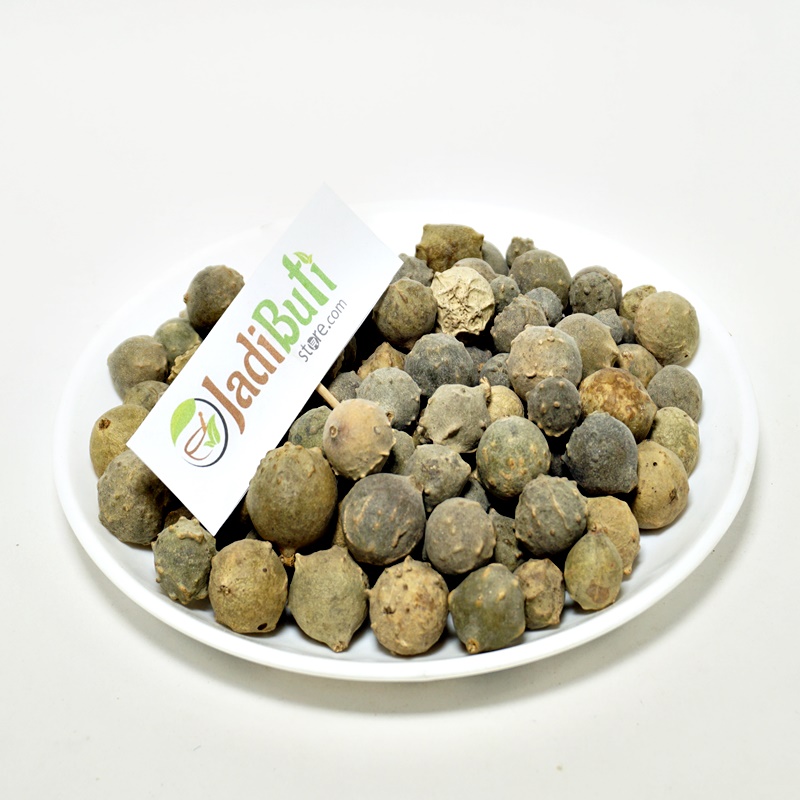
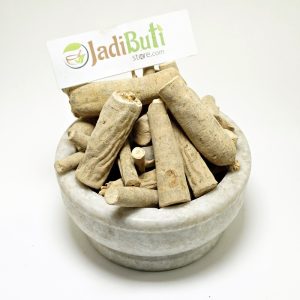
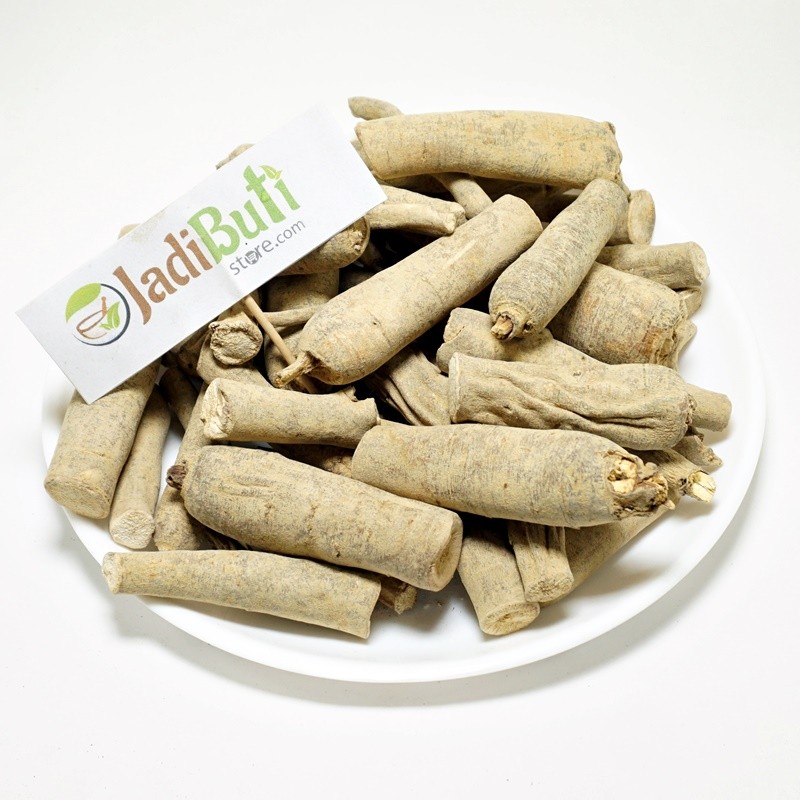
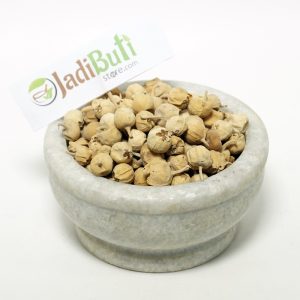
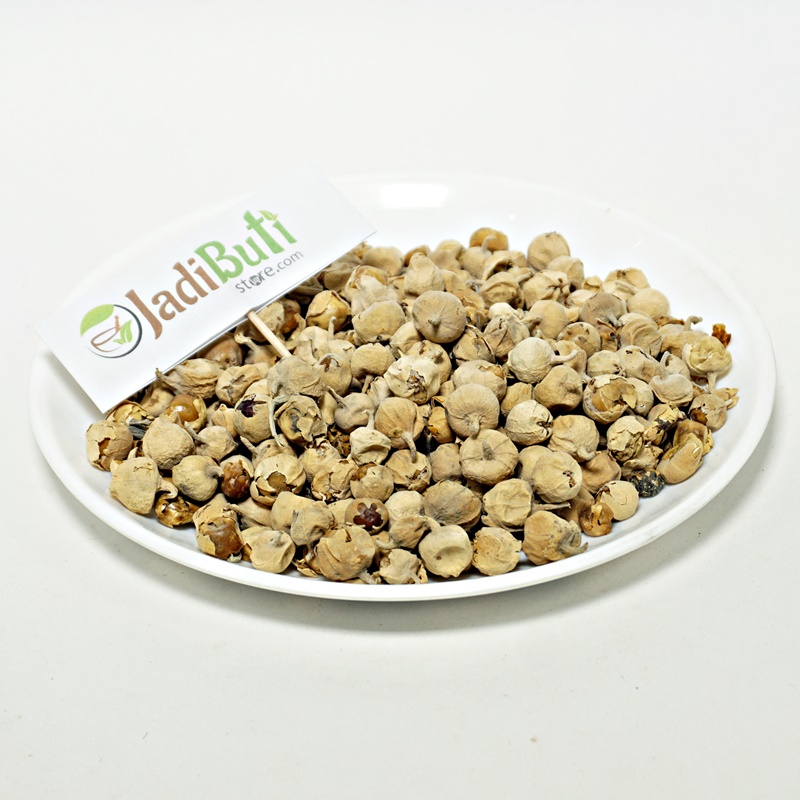
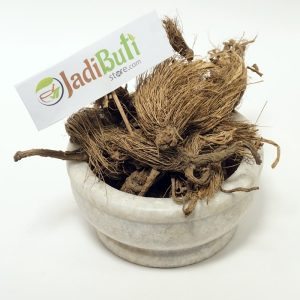
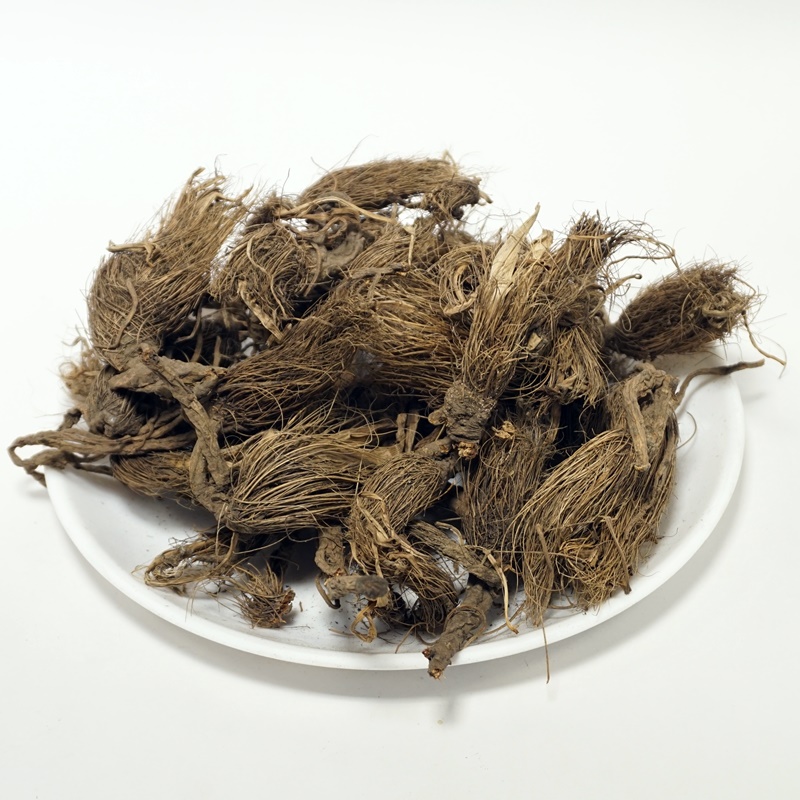



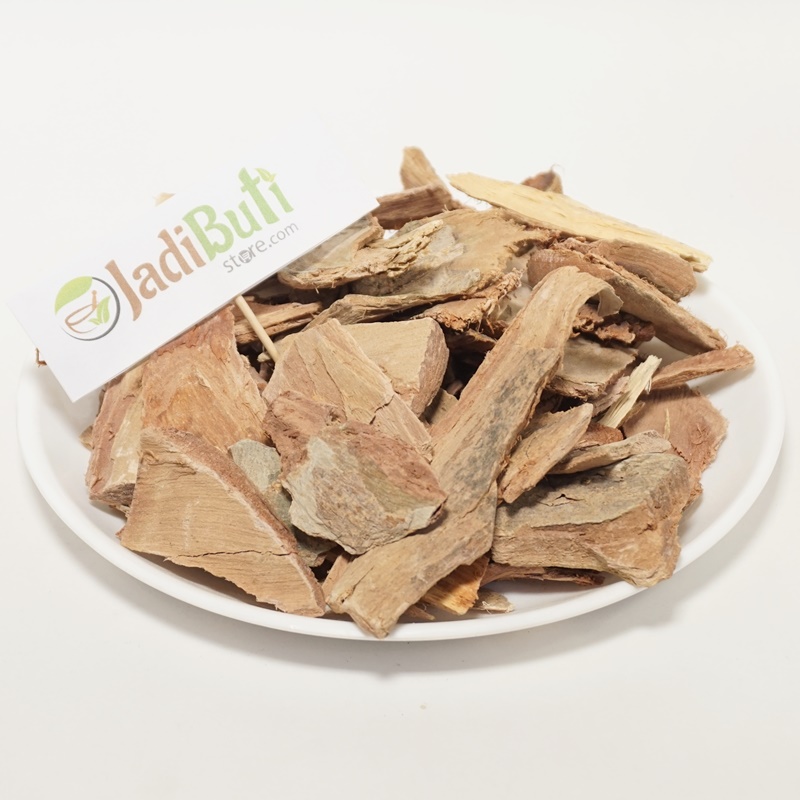
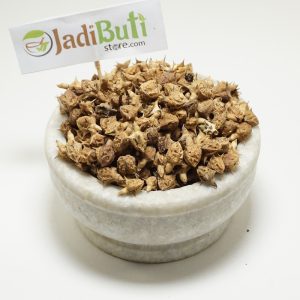

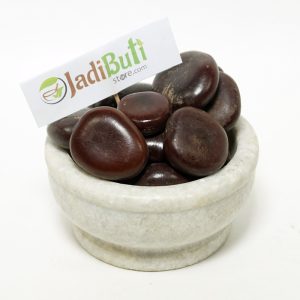
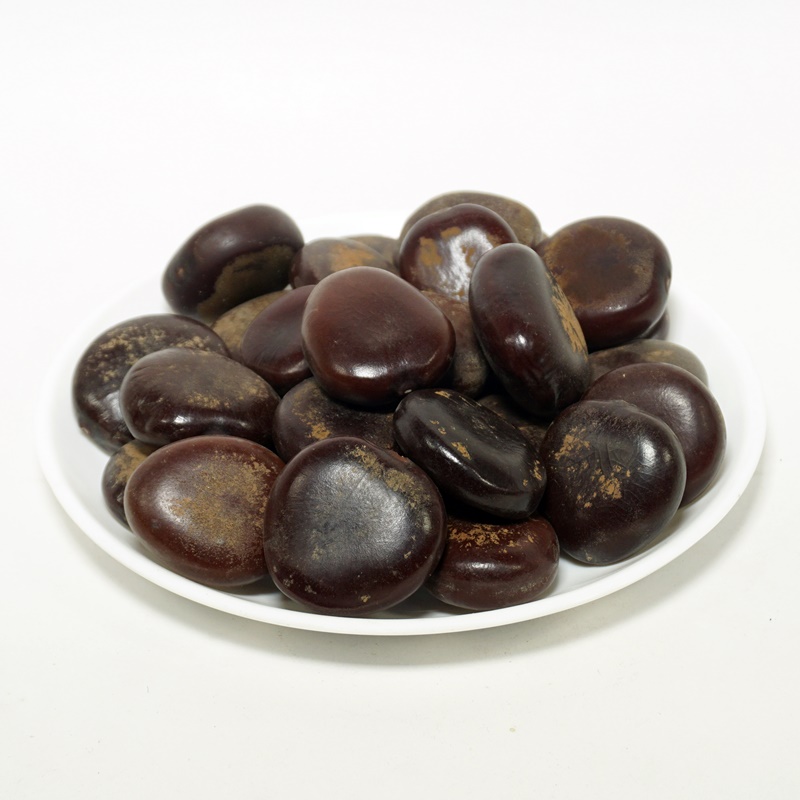
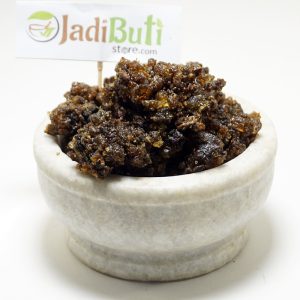
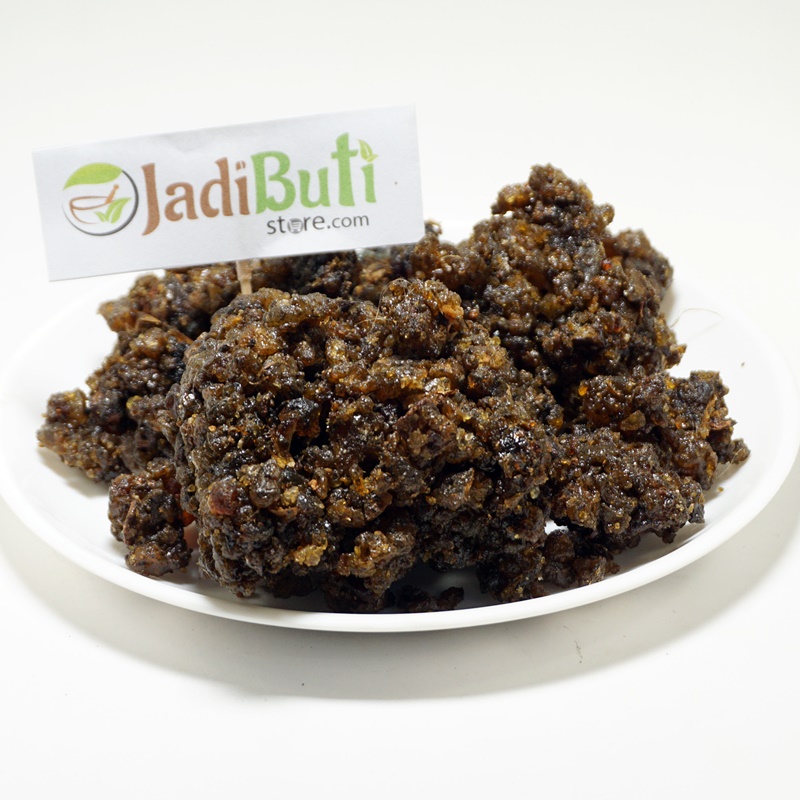
Reviews
There are no reviews yet.